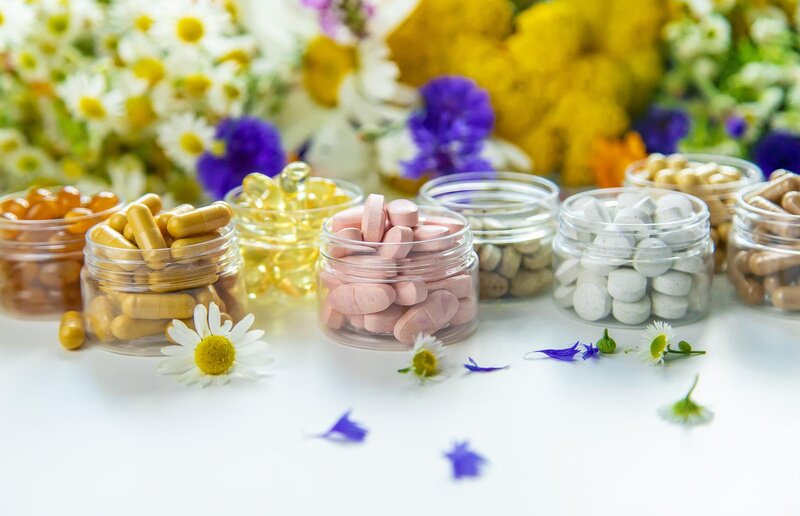
Homeopathy For Allergies - A Natural Alternative to Allergy Medication
Posted by Marco Luna on 2023-01-17
If you have tried every drug and medicine that you can think of for your allergies, it may be time to find a natural homeopathic remedy. There are a number of plants that can help you to fight your allergies without causing you any negative side effects. The list includes Butterbur root, Yarrow, and Allium Cepa.
Allium Cepa
Allium cepa is a plant of the Amaryllidaceae family used as a condiment and medicinal plant. It is a source of sulfur compounds, amino acids, vitamins, and minerals. Several studies have shown that this herb is effective in treating allergies and respiratory diseases. In fact, the World Health Organization recommends it as a treatment for asthma and other respiratory infections.
Ayurvedic herbal medicines use allium cepa for several ailments. Besides its antimicrobial and anti-inflammatory properties, it has antioxidant and antihistaminic effects. Therefore, it has been considered a folk remedy in almost all traditional and herbal medicines.
Among its chemical constituents, quercetin is the main ingredient. The antioxidant activity of quercetin is associated with its ability to protect the liver from iron overload. This ingredient also inhibits the formation of collagen glycation, a process that causes cardiovascular problems in diabetic patients.
Other compounds in the onion include sulfides, saponins, flavonoids, phenolic acids, and phytosterols. All these substances have been associated with anti-inflammatory, antihypertensive, and immunomodulatory activities. They may also have a bronchodilatory effect.
Butterbur root
Butterbur root is an herb that may help alleviate allergy symptoms. It's also been used to treat asthma and bronchitis. This herb grows in Europe and North America.
Butterbur has been used in the Middle Ages to treat fever and was also used to combat plague. In the 17th century, butterbur was also used to treat asthma and bronchitis.
Butterbur can be taken as a capsule, tablet, or liquid. However, it's not known whether it's safe to take in large doses. You should also avoid taking butterbur during pregnancy, as it can cause severe side effects.
Some studies have shown that butterbur is as effective as cetirizine, another antihistamine, for reducing allergy symptoms. The only problem with this is that butterbur may not be as effective for long-term use.
It has also been found that butterbur causes drowsiness and stomach upset. Therefore, it's best to take it under medical supervision.
Butterbur has been studied for migraine prophylaxis. According to the American Academy of Neurology, it has been endorsed for this purpose, but it isn't yet proven to reduce the frequency of migraines.
Yarrow
Yarrow is a perennial herb that grows in temperate climates throughout the Northern Hemisphere. It has long been used as an herbal remedy for many illnesses.
Yarrow is a member of the Asteraceae family. The leaves and stems are dried and stored in airtight jars. Fresh yarrow roots can be preserved in brandy.
Yarrow is beneficial to the lungs and pancreas and is also excellent for digestive problems. In addition, it has astringent, anti-spasmodic, and diuretic properties that are ideal for the respiratory system.
Yarrow has a bitter, anise-like flavor. Yarrow can be added to teas and tinctures.
Yarrow is safe to take internally but may increase the risk of bleeding in people with bleeding disorders. If you have a bleeding disorder, or if you are pregnant, consult a doctor before taking a yarrow.
Pregnant women and breastfeeding mothers should not take Yarrow by mouth. However, Yarrow can be used in a tincture or tea, especially if you suffer from asthma.
Stinging nettle
The stinging nettle herb is used to treat a number of conditions, including allergies, hay fever, arthritis, and urinary problems. It is available in tincture, juice, and powder form. However, it is not recommended for children or pregnant women.
Stinging nettle is a perennial plant that grows in a variety of soils. Several species are found around the world. Some of them have stinging hairs on their leaves. These hairs contain chemicals that can irritate the skin and cause a stinging sensation. Besides these stinging properties, stinging nettle has anti-inflammatory, antioxidant, and diuretic properties.
Studies have shown that stinging nettle root is an effective treatment for BPH. However, more studies are needed to verify whether or not it works. In addition, more research is needed to determine the long-term effects of stinging nettle on health.
Stinging nettle has been used for centuries to relieve pain and swelling in joints and muscles. There are also reports of using nettle leaf to relieve pleurisy.